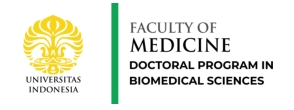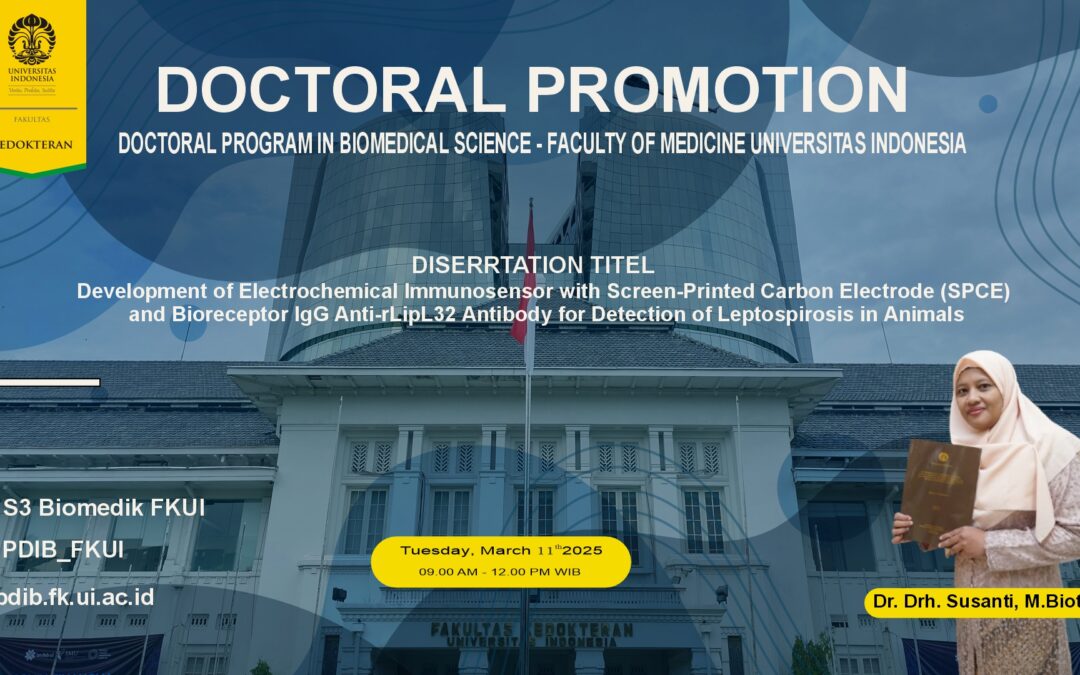Leptospirosis is a disease that can infect livestock, wild animals and also humans caused by pathogenic bacteria from the genus Leptospira. In Indonesia, this disease is categorized as a strategic infectious animal disease (PHMS) because it can cause economic losses, public unrest and can be transmitted from animals to humans. Cases of leptospirosis in humans in Indonesia in 2019 were 920 cases with an average mortality rate of 13.3% and in 2020 it increased to 1170 cases with an average mortality rate of 9.1%. Meanwhile, the seroprevalence of leptospirosis in animals, namely cattle, is 25.98%, dogs 46.15% and in rats 14.60%. From these data, there are still many unreported cases due to the difficulty of clinical diagnosis and the limitations of laboratories in Indonesia in diagnosing leptospirosis. This disease is generally spread by rodents and livestock which can function as a source of transmission for other animals and also humans. Chronically infected animals can be carriers for years or their entire life, making identification of infected animals a key strategy in disease control and prevention.
The diagnosis of leptospirosis that is usually done today is by culture, Microscopic Agglutination Test (MAT) and Polymerase Chain Reaction (PCR). MAT is a serological test for the diagnosis of leptospirosis but this test requires a culture of live Leptospira and low sensitivity early in the disease. Leptospira culture is a definitive test to confirm Leptospira infection, but this test is difficult to do and takes a long time because of its slow growth in media culture with a high level of contamination. The PCR technique is an important method for detecting agents but this test requires sophisticated and expensive initial sample treatment, reagents and equipment so it is difficult to apply in the field.
The development of new methods that offer simplicity, high sensitivity, and speed is still highly needed for the diagnosis and control of leptospirosis. Recent advances in biosensor technology have the potential to provide point-of-care diagnostics or surpass conventional standards in terms of time, accuracy, and cost. In recent years, electrochemical immunosensors have attracted researchers’ attention for rapid detection of pathogens. The main impetus for the research and development of these sensors is their practical features such as ease of operation, easy and simple device fabrication, high sensitivity and selectivity, portability, and miniaturization capabilities, making them attractive for practical applications in the field.
“This electrochemical immunosensor technology is very possible to be developed in Indonesia as an alternative method for diagnosing leptospirosis because it is very simple and easy to apply in the field. Our research shows that the electrochemical immunosensor technology developed has high selectivity and stability and is able to detect Leptospira pathogens in cow urine spike samples, so it has the potential to be an alternative method for detecting leptospirosis in animals quickly, cheaply, and easily applied in the field. The success of this research can also be a starting point for researchers and pharmaceutical companies to develop and produce electrochemical immunosensor-based kits for detecting leptospirosis in animals and humans,” said Susanti at the Open Session for Doctoral Promotion in Biomedical Sciences at the Faculty of Medicine, University of Indonesia (FKUI).

